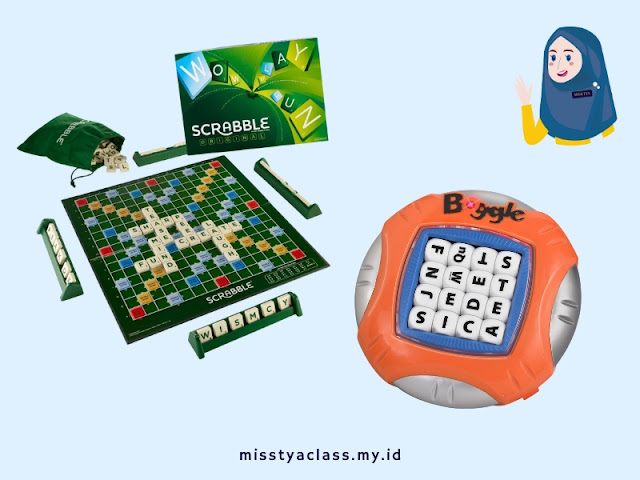Teaching ESL speaking can be a challenging task, especially for students who are not familiar with the language. As an English teacher in Indonesia, I have come across several methods and strategies that have proven to be effective in helping my students improve their speaking skills. In this article, I will share some tips and tricks that you can use to teach ESL speaking effectively to your Indonesian students.
Focus on Pronunciation
One of the biggest challenges that Indonesian students face when learning English is pronunciation. As an English teacher, it is important to focus on pronunciation right from the beginning. Make sure your students are familiar with the basic sounds of English and how they differ from Indonesian. You can also use tongue twisters and other pronunciation exercises to help your students practice their pronunciation.
Provide a Supportive Learning Environment
Creating a supportive learning environment is crucial when teaching ESL speaking. As an English teacher, it is your responsibility to make your students feel comfortable and safe while speaking English. Encourage your students to speak up and participate in class discussions. Also, provide constructive feedback and praise their efforts to boost their confidence.
Use Authentic Materials
Using authentic materials such as news articles, videos, and podcasts can help your students improve their speaking skills. When I was taking CELTA, I had to complete a written assignment where I had to design a lesson using authentic materials. It was an eye-opening experience to see how much we can create and develop from such resources.
Authentic materials provide your students with real-world examples of English in use and help them develop their vocabulary and comprehension skills. You can also use role-playing exercises and other interactive activities to make the learning experience more engaging.
Incorporate Technology
Incorporating technology into your ESL speaking lessons can be an effective way to engage your Indonesian students. You can use tools such as online quizzes, interactive whiteboards, and video conferencing software to create an interactive learning experience. This can also be a great way to connect with students who may not have access to traditional classroom settings.
I've experimented with a handful of online quiz websites in my classes such as Baamboozle, Kahoot, Quizziz, and Wordwall. These websites offer engaging and effective activities for students, and I've noticed that even adults have fun participating in them. When it comes to interactive whiteboards, Jamboard has my vote for being the simplest and most user-friendly option. Stay tuned for my upcoming post where I'll delve deeper into incorporating technology in teaching.Emphasize Vocabulary
Vocabulary plays a key role in developing speaking skills. As an English teacher, it is important to emphasize vocabulary in your ESL speaking lessons. You can use flashcards, word games, and other vocabulary-building exercises to help your students develop their vocabulary skills. It is also important to encourage your students to use new vocabulary in their speaking practice.
Encourage Speaking Practice Outside of Class
Encouraging your students to practice their speaking skills outside of class can be an effective way to improve their skills. You can provide your students with conversation prompts and encourage them to practice with their peers or native speakers. You can also recommend English language podcasts, movies, and TV shows for them to watch.
Provide Opportunities for Feedback
Providing opportunities for feedback is crucial when teaching ESL speaking. Feedback helps your students understand their strengths and weaknesses and provides them with the guidance they need to improve their speaking skills. You can provide feedback through one-on-one sessions, peer evaluations, or self-evaluations.
***
In conclusion, teaching ESL speaking to Indonesian students requires patience, dedication, and creativity. By focusing on pronunciation, creating a supportive learning environment, using authentic materials, incorporating technology, emphasizing vocabulary, encouraging speaking practice outside of class, and providing opportunities for feedback, you can help your students improve their speaking skills and achieve their language goals. Remember, the key is to make the learning experience fun and engaging for your students.
What about you? Have you given any of these tips a shot? Do you happen to have other useful strategies for teaching speaking effectively? Why not share your thoughts in the comment section below?






















